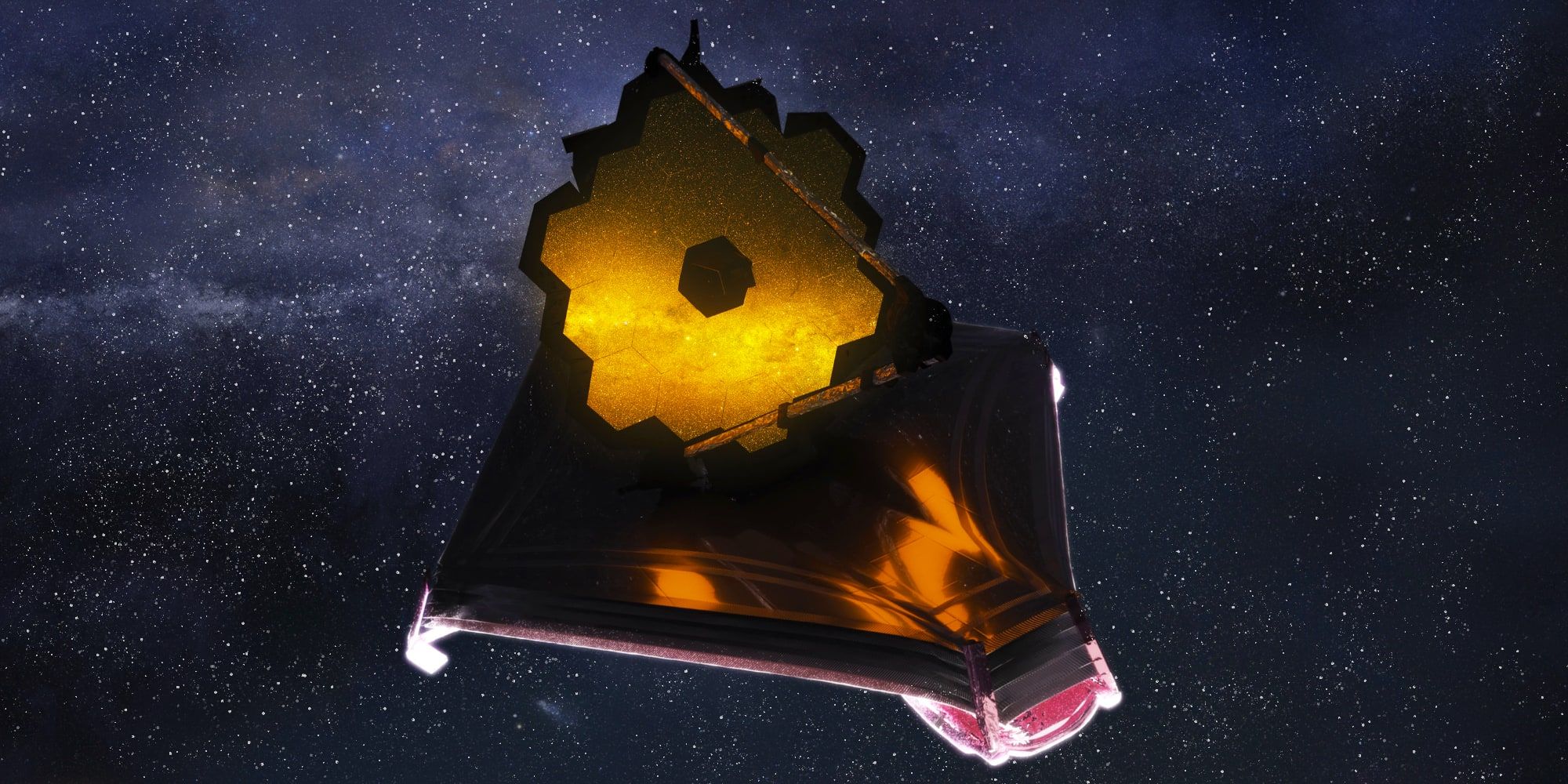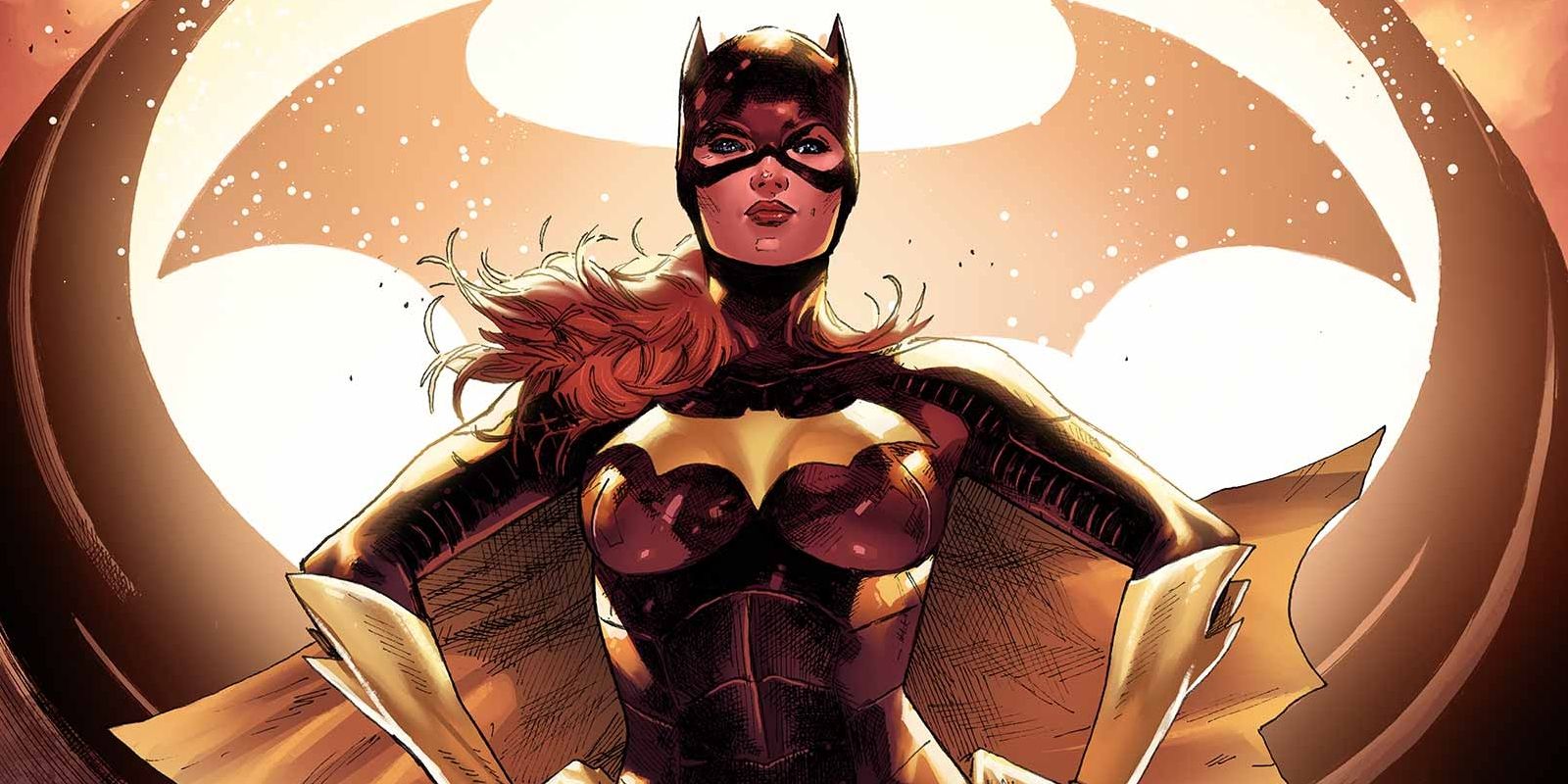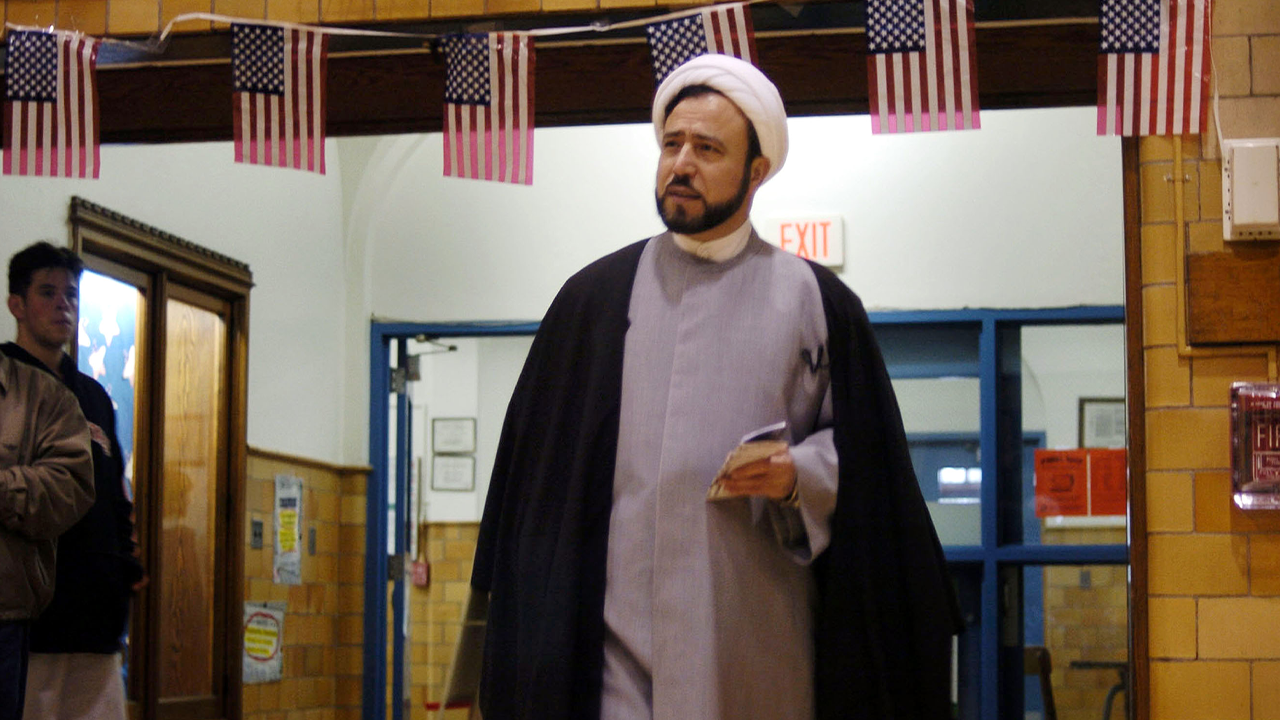NASA’s James Webb Space Telescope (JWST) finally launched in December 2021 after multiple delays that resulted in severe cost escalations.
NASA‘s James Webb Space Telescope (JWST) finally launched in December 2021 after multiple delays over the past several years — but how much did the whole thing actually cost? The JWST is primarily an infrared telescope that promises to improve infrared resolution and sensitivity over the decades-old Hubble Space Telescope. The new observatory was initially supposed to launch in 2007, and the delays spiraled its budget upwards by a factor of twenty.
The James Webb Space Telescope is expected to help astrophysicists study some of the earliest galaxies and cosmic bodies that have been difficult to observe until now. It began orbiting its L2 path towards the end of January, with that being immediately followed by optics alignment and instrument calibration for several weeks. On March 16, NASA shared the first-ever James Webb image — showcasing a faraway star in incredible detail.
The JWST was successfully launched on Dec 25, 2021, from ESA’s launch site at Kourou in French Guiana, at 7:20 a.m. EST (1220 GMT), onboard an Arianespace Ariane 5 rocket. By the time it was launched, the James Webb telescope cost a whopping $10 billion, which is a massive escalation from its originally-proposed $500 million budget. After initially missing the $500 million budget, James Webb was later assessed to cost between $1 and $3.5 billion when Northrop Grumman picked up the project in 2002, but as we know now, even that was a gross underestimate. While the $10 billion price sounds inordinately high — and it is — the JWST is the world’s largest and most powerful science telescope in space. It’s expected to help researchers unearth everything from mysteries of the Big Bang to alien planet formation. Its permanent home will be Lagrange point, a gravitationally stable location in space about a million miles away from Earth.
Why The James Webb Telescope Cost So Much
The nearly fifteen-year delay in the launch of the JWST has tested the patience of not only astronomers and researchers, but also millions of space enthusiasts around the world. The problems can largely be attributed to engineering errors, political indifference, and project management issues — all of which combined to delay the launch and increase costs exponentially. NASA has had to deal with not only the ineptitude of Northrup Grumman, but also threats from U.S. politicians to pull funding from the project because of the spiraling costs.
The COVID-19 pandemic also pushed back the launch date by several months, while a series of minor delays just before the launch pushed back the deployment even further. While there’s enough blame to go around for the series of delays, many believe that contractor Northrop Grumman is singularly responsible for the sorry state of affairs. The company not only committed one error after another, but it also kept demanding additional funds citing increased costs on its end.
How James Webb Cost Compares To Other Projects
$10 billion is an insurmountable amount of money on its own — but how does that compare to other projects? One of the most interesting comparisons is with Hubble. When it launched in 1990, Hubble racked up a bill of $1.5 billion. However, after accounting for follow-up missions and inflation, that actual price is around $16 billion.
Another famous spacecraft in 2022 is NASA’s Perseverance rover. Currently exploring Mars for signs of ancient life, Perseverance is estimated to have cost around $2.7 billion. And the Chandra X-ray Observatory — a space shuttle that scours the universe using X-ray technology — has cost NASA roughly $3 billion. Just about any major spacecraft costs billions of dollars from start to finish, but even so, the James Webb Space Telescope stands out as being one of the most expensive.
Source: The New York Times


























































